
The Rise of Portable PC Gaming
The landscape of handheld gaming PCs has transformed dramatically in recent years, accelerated by Valve's groundbreaking Steam Deck. While devices like Lenovo's Legion Go S existed beforehand, they've now entered mainstream competition with refreshed designs and improved functionality.
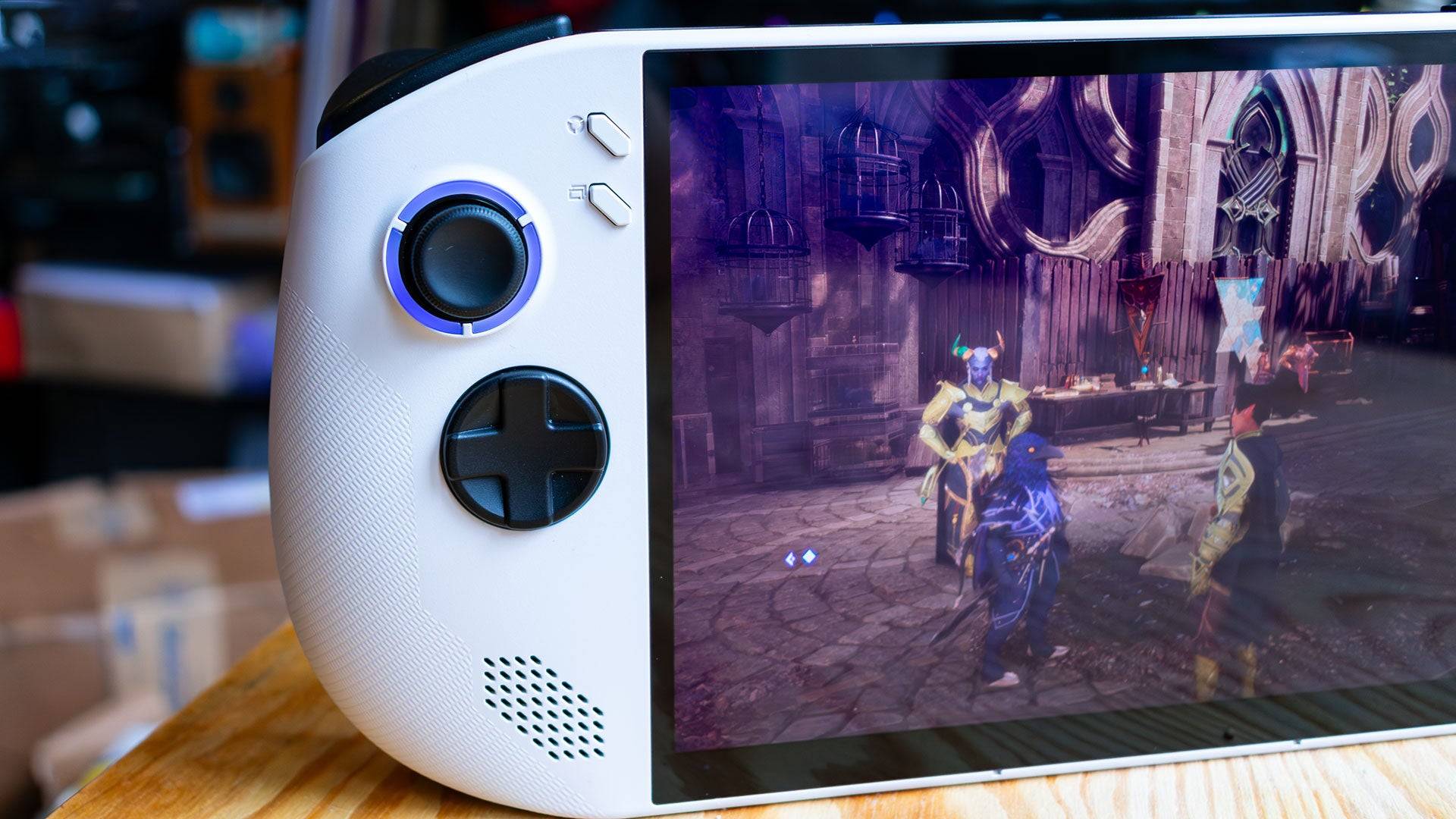
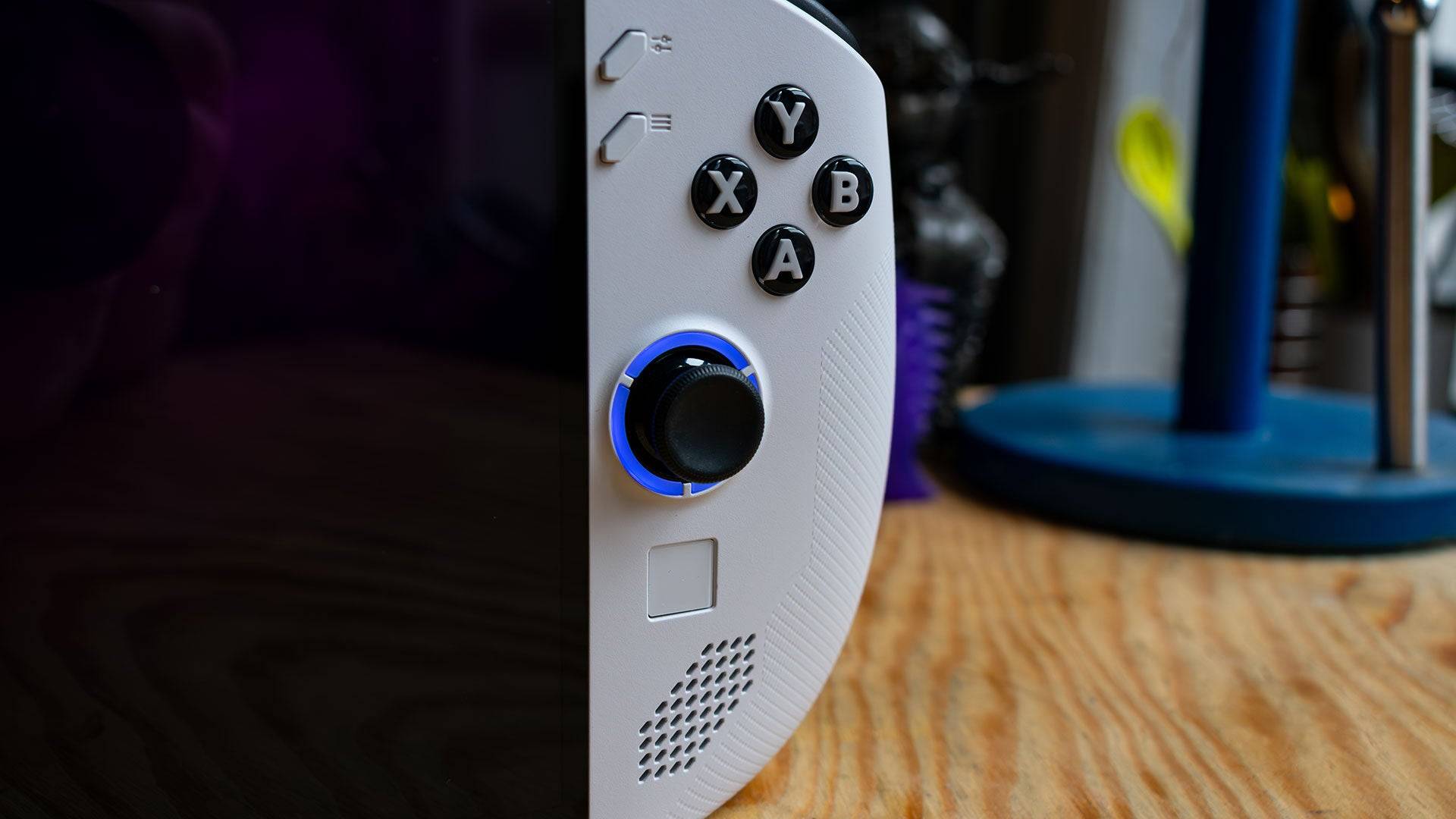 7 Images
7 Images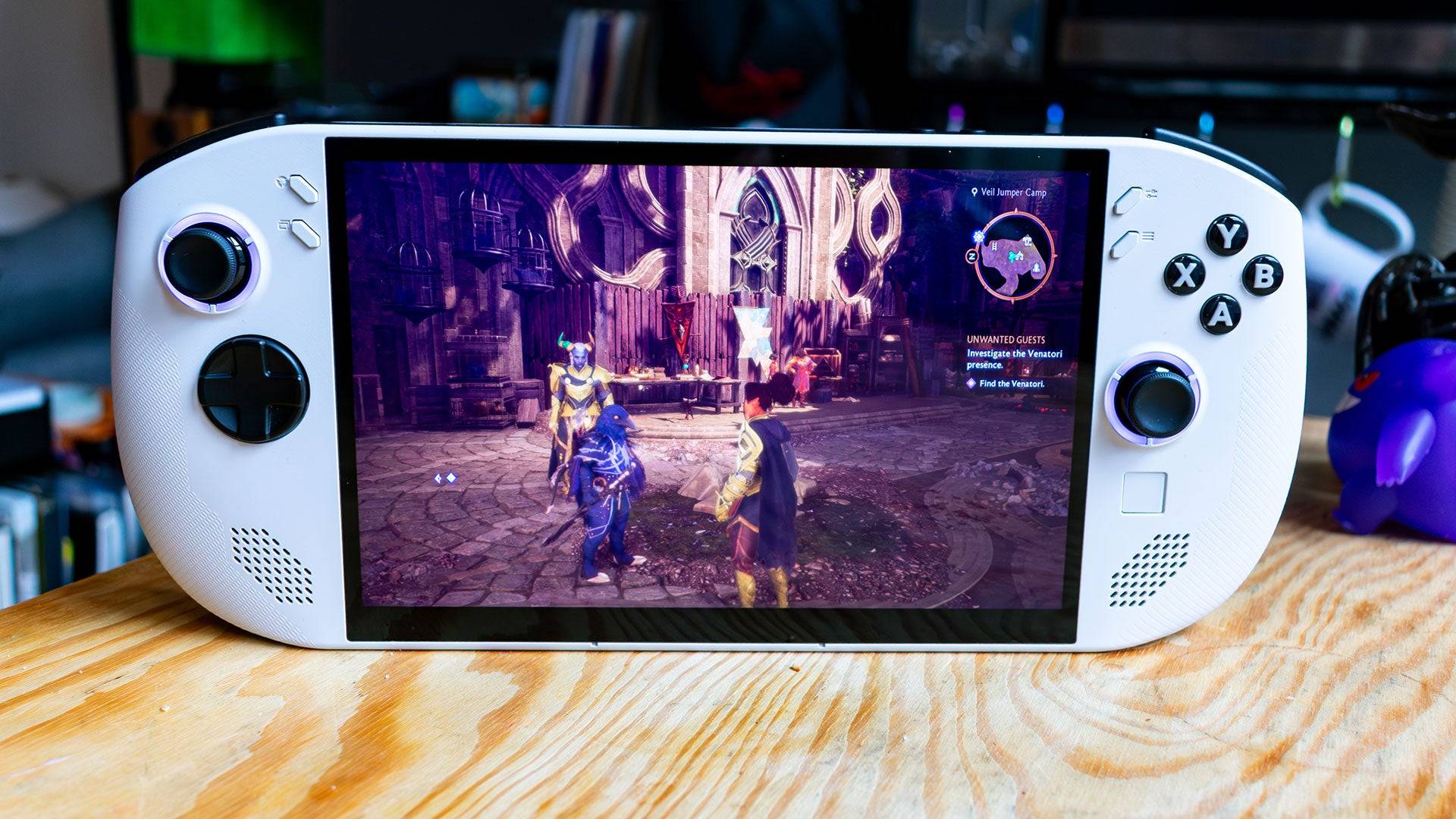
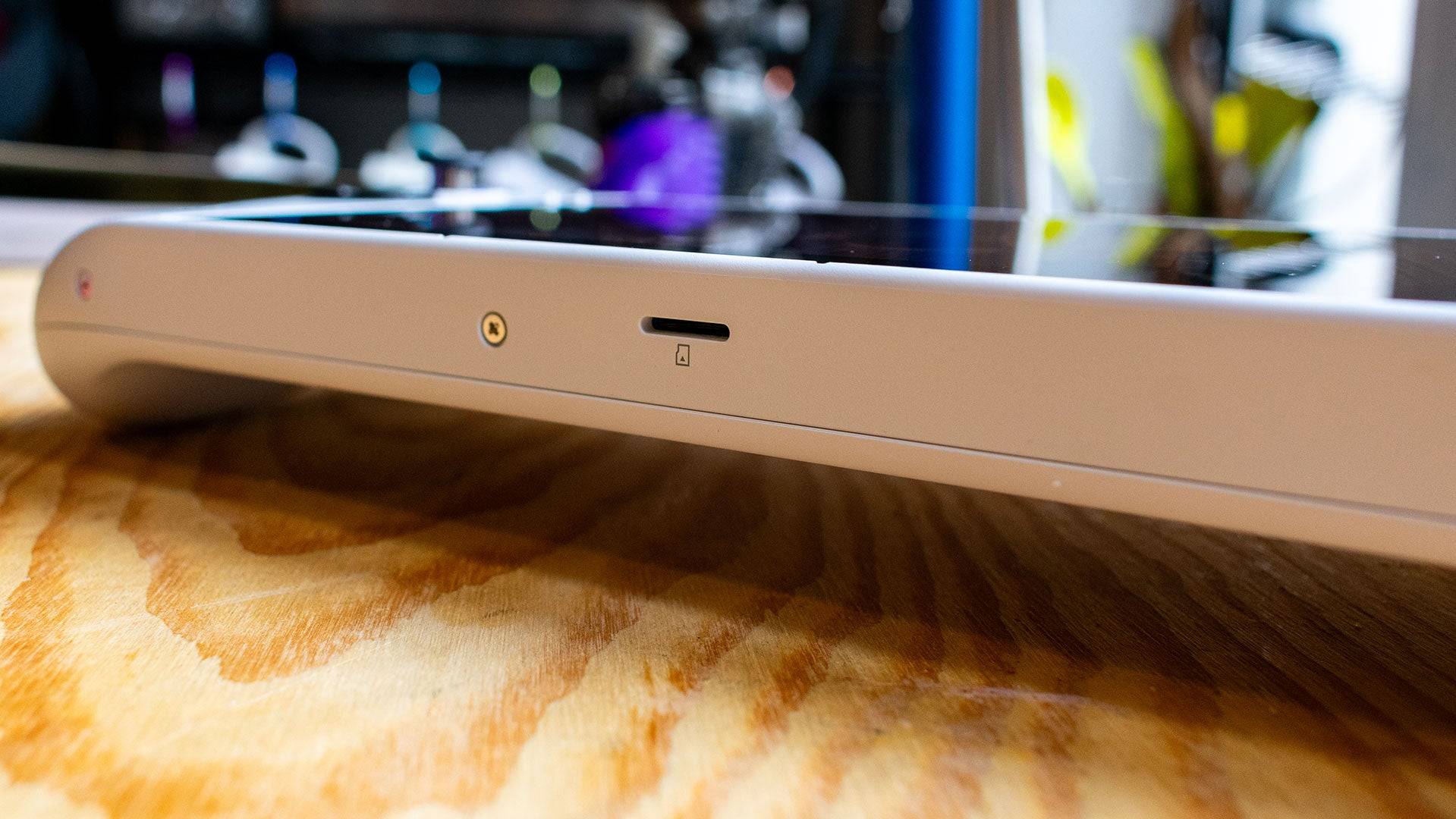
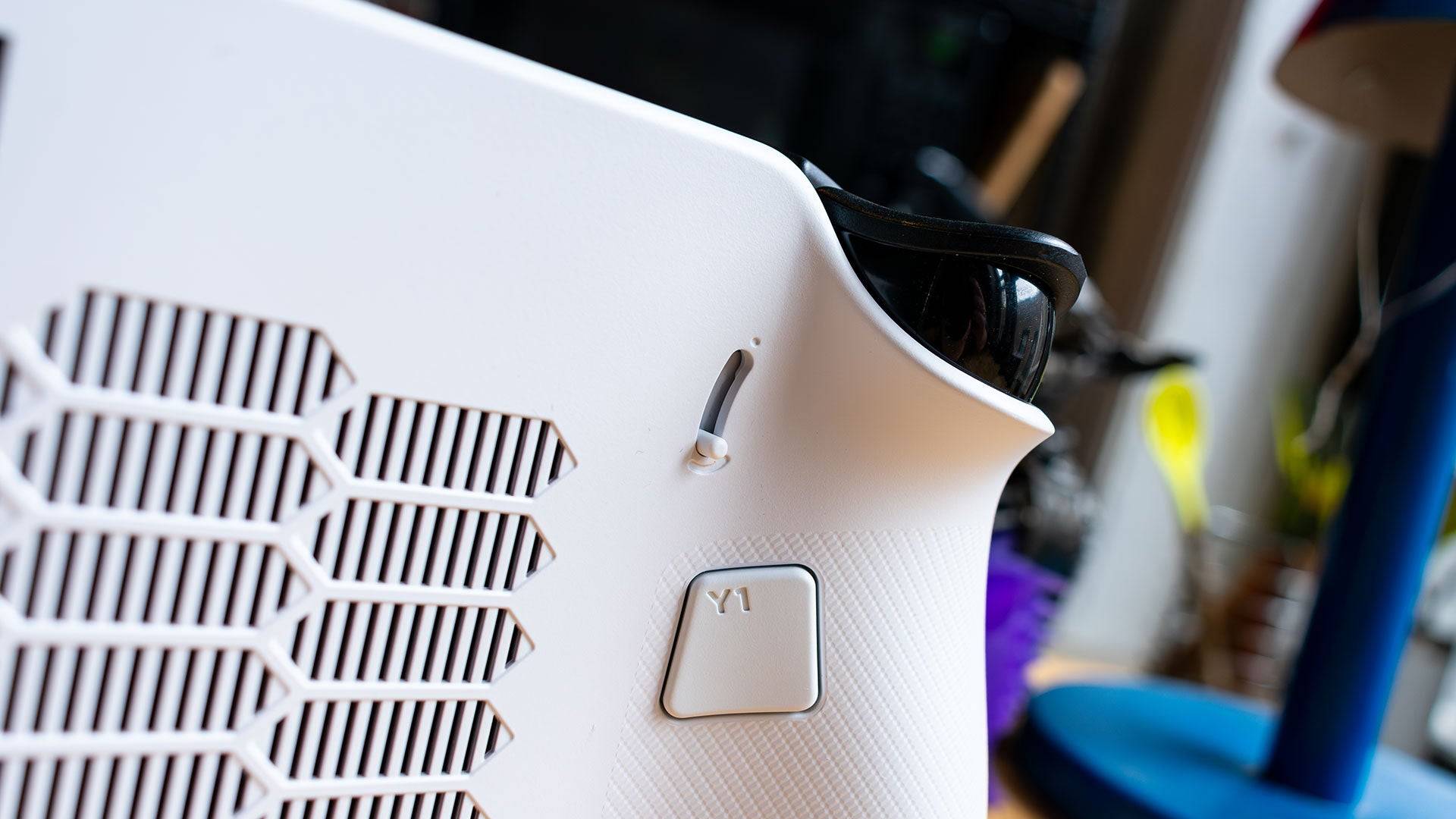
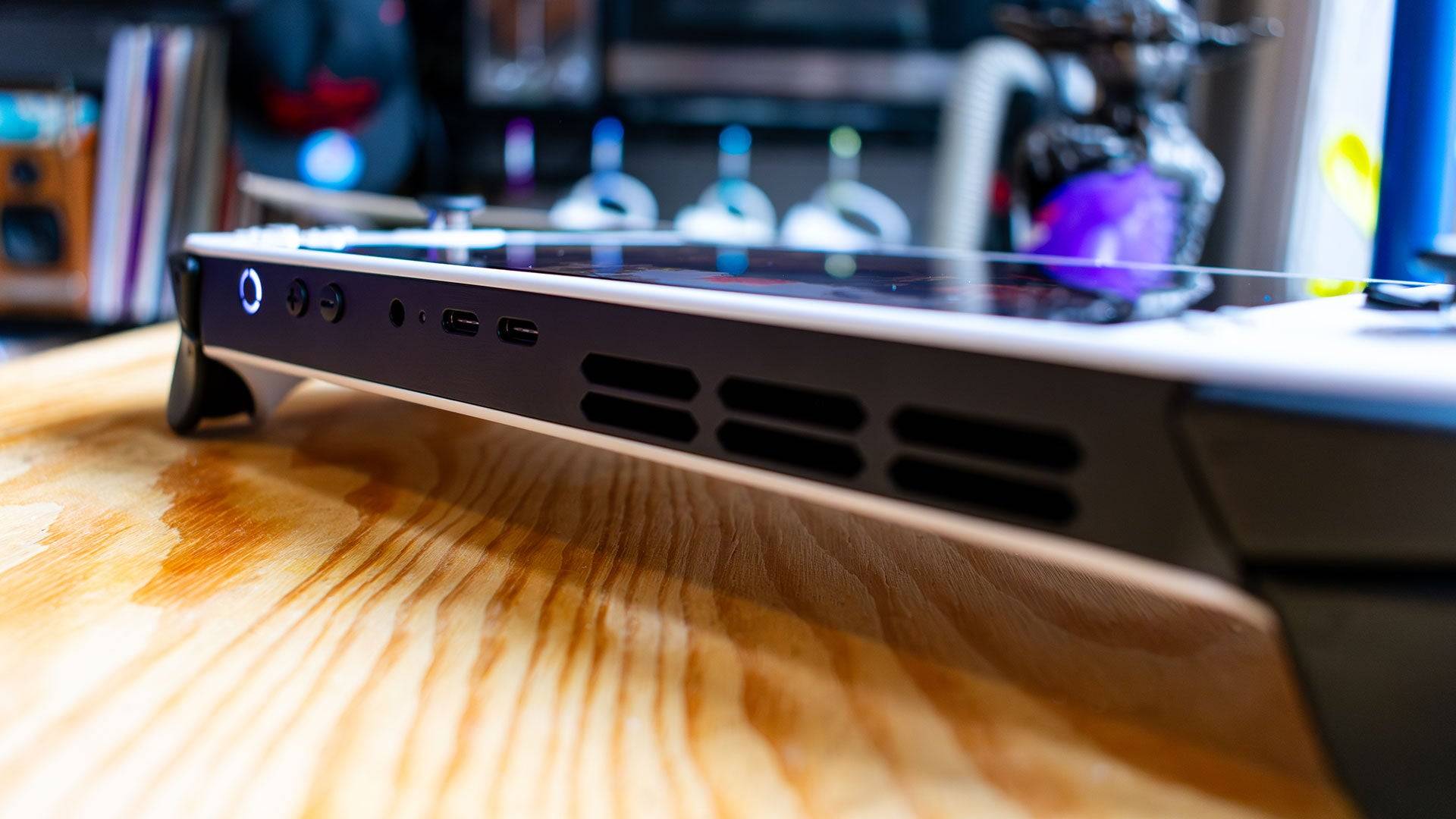
Streamlined Design
Departing from its predecessor's Switch-inspired detachable controllers, the Legion Go S adopts a sleek unibody construction. The rounded contours improve ergonomics significantly, helping offset its 1.61-pound weight. While heavier than competitors like the ROG Ally X (1.49 lbs), it houses a stunning 8-inch 1200p IPS display reaching 500 nits brightness.
Control Scheme Improvements
Lenovo refined the button layout considerably:
- Standardized Start/Select button placement
- Customizable RGB-lit thumbsticks
- Redesigned touchpad (though smaller)
- Quality-of-life shortcut buttons
The device offers two USB4 ports (top-mounted) and features programmable rear paddles with improved tactile feedback.
Market Availability
| Configuration | Price | Availability |
|---|---|---|
| 32GB RAM / 1TB SSD | $729.99 | February 14 |
| 16GB RAM / 512GB SSD | $599.99 | May |
Performance Evaluation
Powered by AMD's Z2 Go APU (Zen 3/RDNA 2), the Legion Go S delivers modest performance:
3DMark Scores:
- Time Spy: 2,179
- Fire Strike: Scores 14% below Legion Go
Real-World Gaming:
- Cyberpunk 2077: 21 fps (1080p Ultra)
- Total War: Warhammer 3: 22 fps (1080p Ultra)
- Persona 5: Smooth performance
The 55Wh battery lasts approximately 4.5 hours in productivity workloads. A SteamOS version launching later in 2025 may improve battery efficiency.
Competitive Considerations
While innovative, the Legion Go S faces stiff competition:
- Higher price than original Legion Go
- Performance lag behind ROG Ally X
- Windows navigation remains challenging
The upcoming $599 configuration potentially offers better value, especially considering the exceptional display quality.








